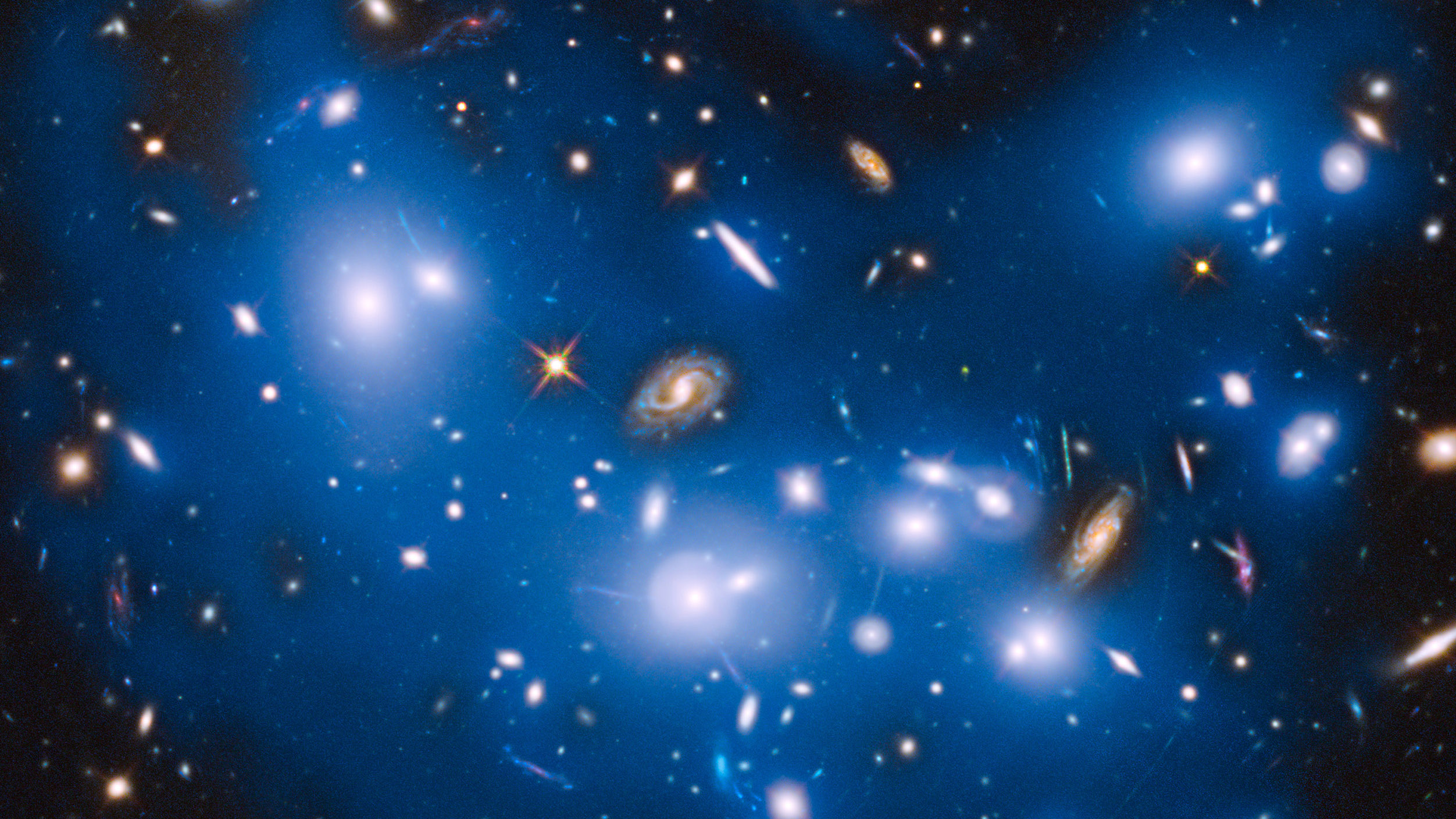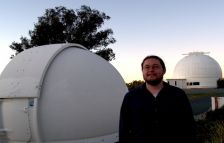Media Release
From: The Australian National UniversityThe Universe is expanding faster than expected, a study involving The Australian National University (ANU) has found.
Lead Australian researcher and ANU astrophysicist Dr Brad Tucker said the precision study of star movements found the Universe is currently expanding between five per cent and nine per cent faster than early in its life.
“A funny universe just got funnier,” said Dr Tucker from the ANU Research School of Astronomy and Astrophysics.
“We thought we were close to understanding dark energy, but now we know we don’t know the answer at all. There’s a lot of work to do.”
Cosmologists have realised in recent decades that normal matter such as stars, planets and gas constitutes only five per cent of the Universe. The rest is 25 per cent dark matter and 70 per cent dark energy, both of which are invisible and have never been directly detected.
Precise values of the Universe’s expansion from 13.8 billion years ago have been calculated from observations of the cosmic microwave background, the very faint afterglow of the big bang.
The research was led by Nobel Laureate Adam Riess of the Space Telescope Science Institute and The Johns Hopkins University in the United States.
The research team used the Hubble Space telescope to look at variable stars, called Cepheids, and Type Ia supernovae, which both have well known brightness that enables their distance to be precisely determined.
Using the parallax shift between objects of different distances as the Hubble moved – around the Earth on a daily basis, around the Sun on a yearly basis, and from tiny vibrations onboard the satellite – the team measured the movements of about 2,400 Cepheid stars and about 300 Type Ia supernovae over two and a half years.
From these measurements they calculated the Universe’s expansion rate, known as the Hubble constant, to be 73.2 kilometers per second per megaparsec (a megaparsec equals 3.26 million light-years) with an uncertainty of only 2.4 per cent. The new value means the distance between cosmic objects will double in another 9.8 billion years.
The research will published in the Astrophysical Journal and is available from Arxiv preprint server.
The team proposed a number of possible explanations for the Universe’s excessive speed.
One possibility is that dark energy, already known to be accelerating the universe, may be shoving galaxies away from each other with growing strength, termed phantom dark energy.
Another idea is that the cosmos contained a new subatomic particle in its early history that traveled close to the speed of light and affected the expansion rate. Such speedy particles are collectively referred to as dark radiation and include previously known particles like neutrinos.
The boost in acceleration could also mean that dark matter possesses some weird, unexpected characteristics. Or the speedier Universe may be telling astronomers that Einstein’s theory of gravity is incomplete.
“Perhaps it also could be something wrong with our assumption that Type Ia supernovae and Cepheids are standard candles. All options need to be looked at,” Dr Tucker said.
“Future studies using different techniques, such as the TAIPAN survey being led out of Siding Spring Observatory, will hopefully shed light on exactly what is going on.”


Expert Reaction
These comments have been collated by the Science Media Centre to provide a variety of expert perspectives on this issue. Feel free to use these quotes in your stories. Views expressed are the personal opinions of the experts named. They do not represent the views of the SMC or any other organisation unless specifically stated.